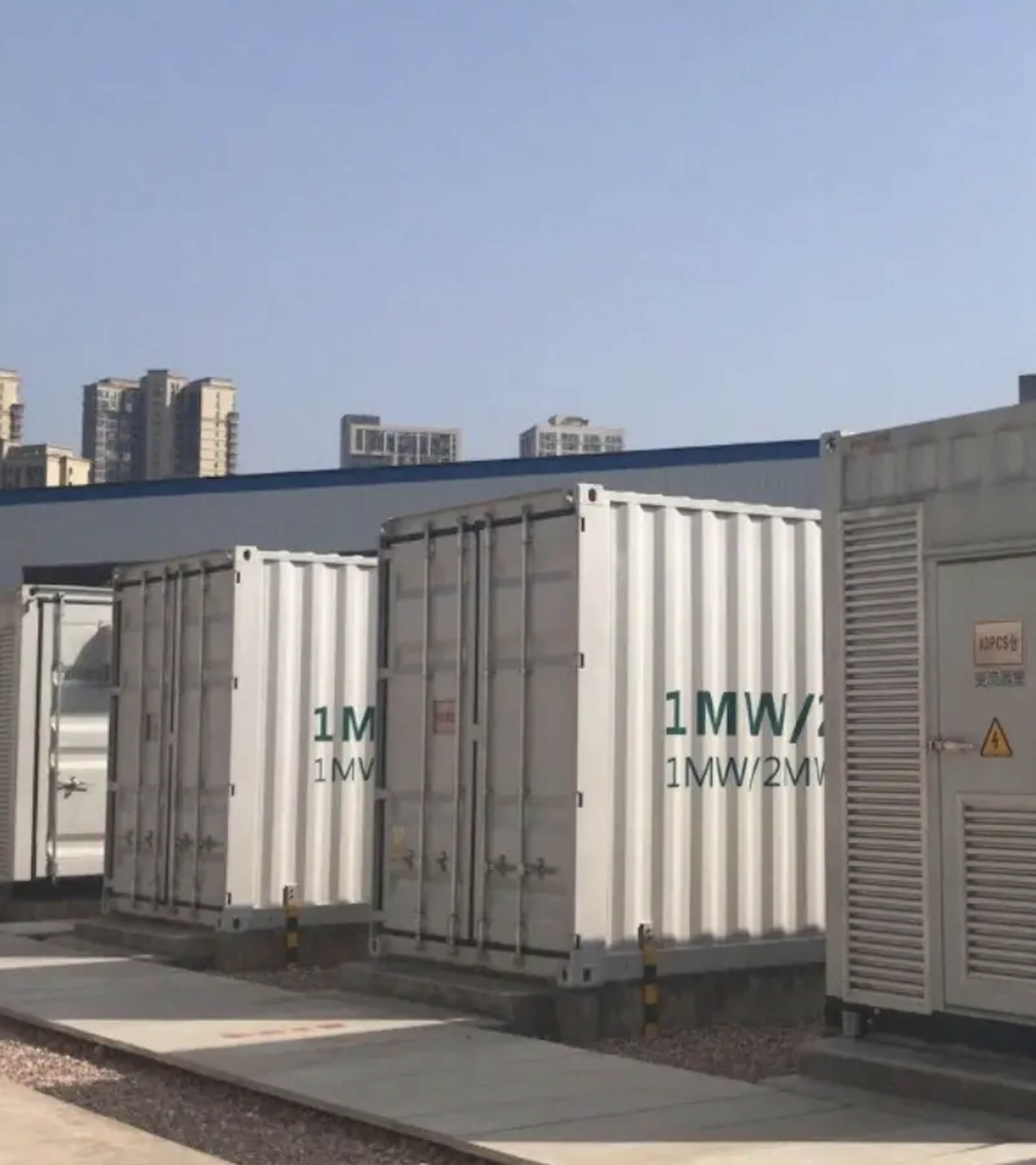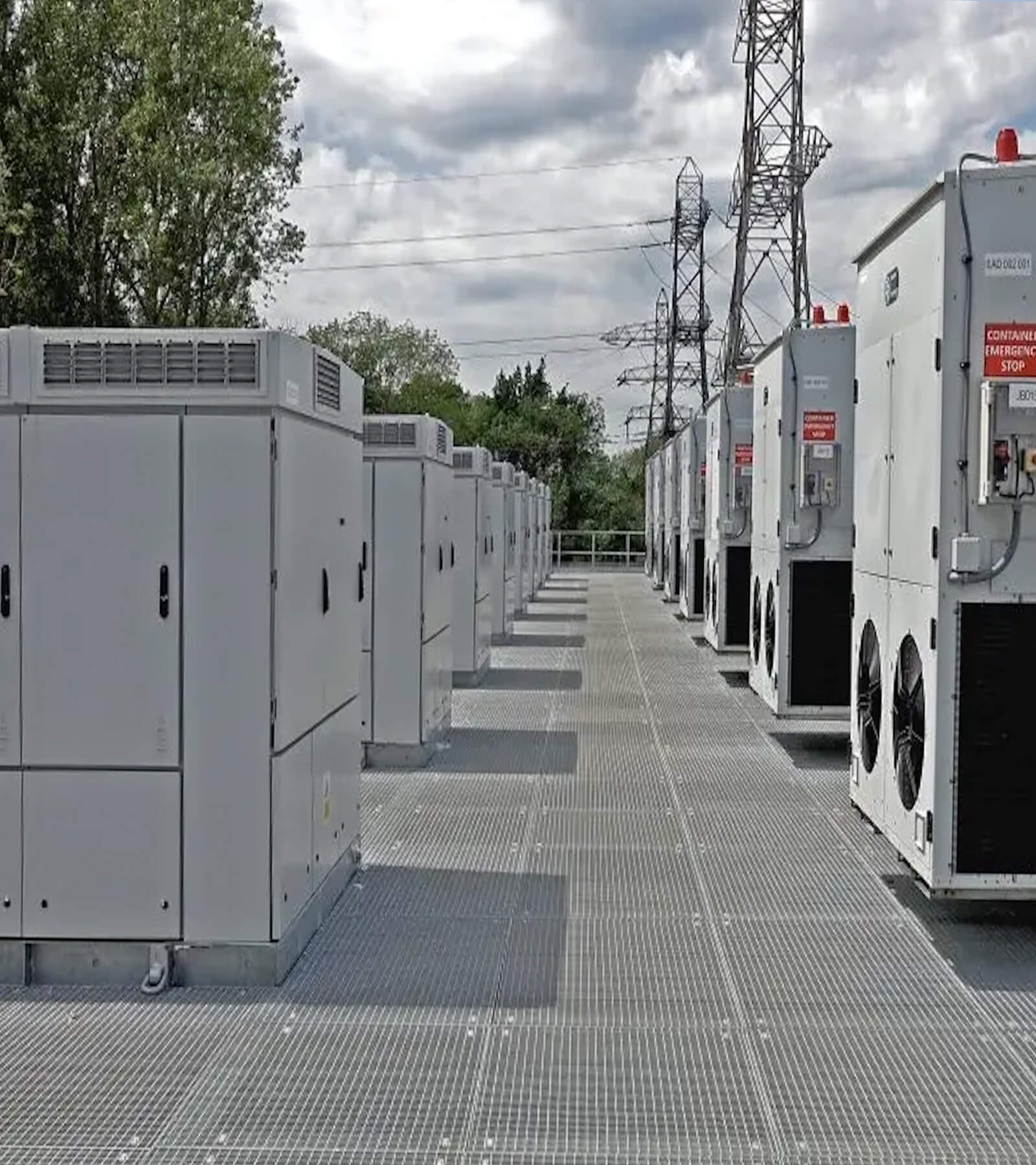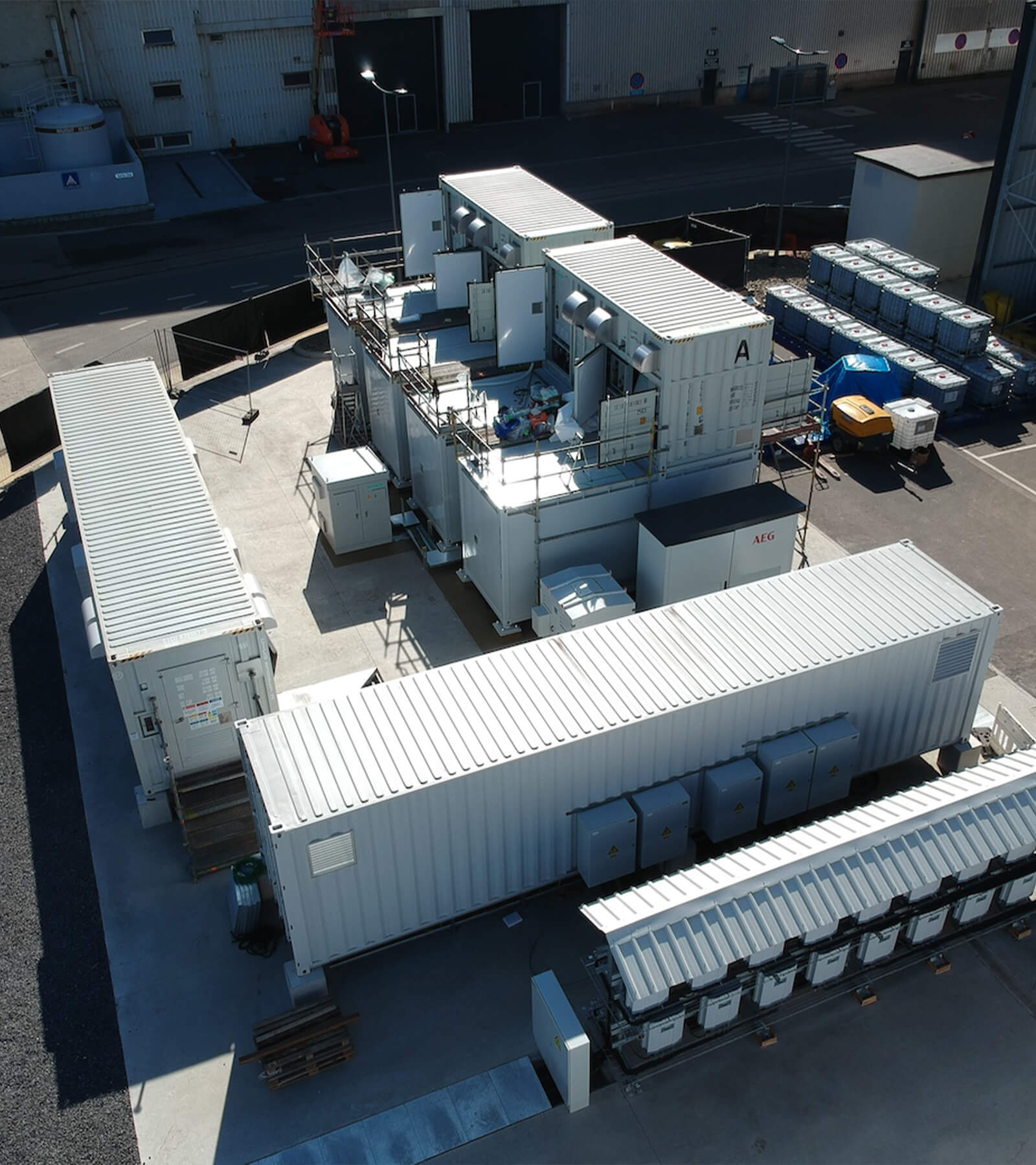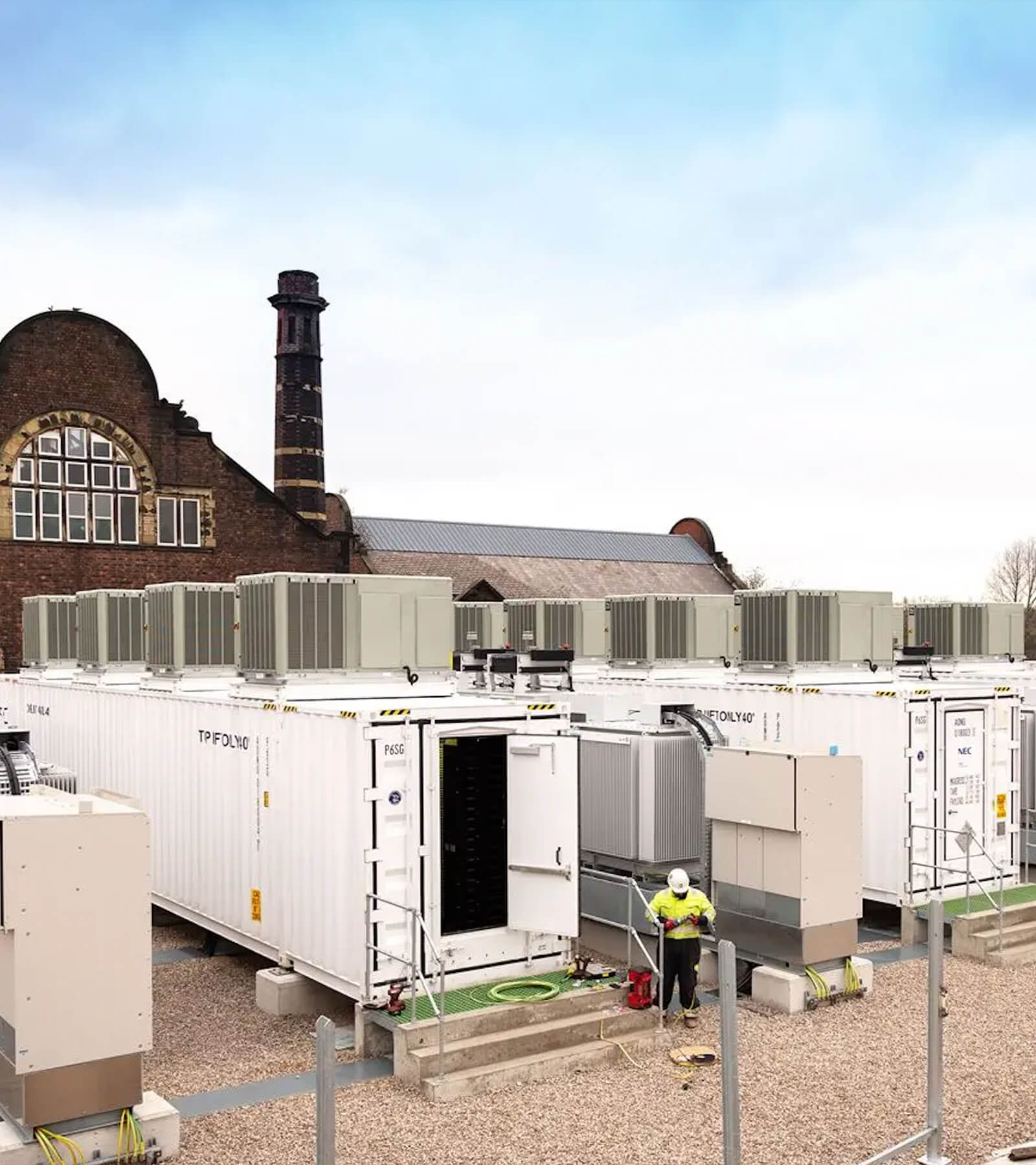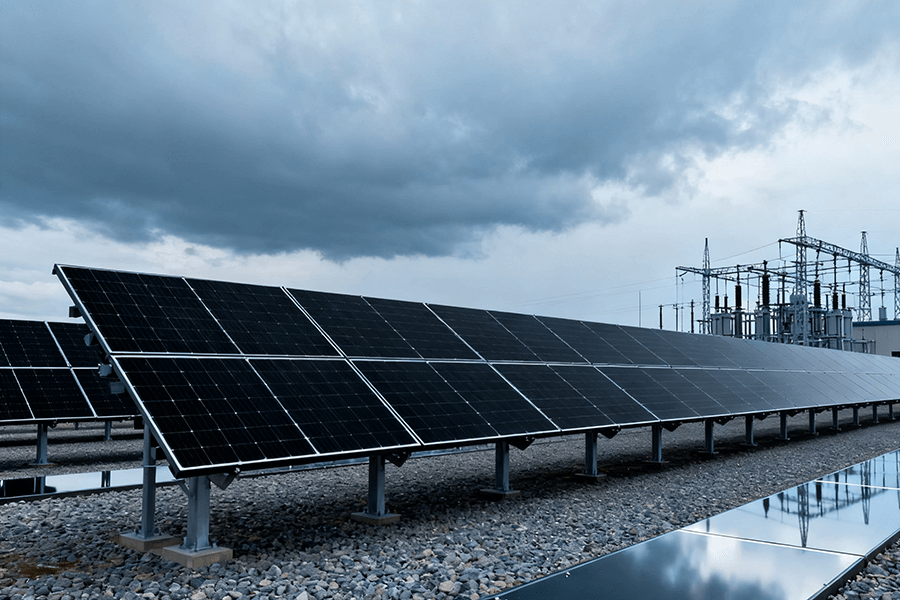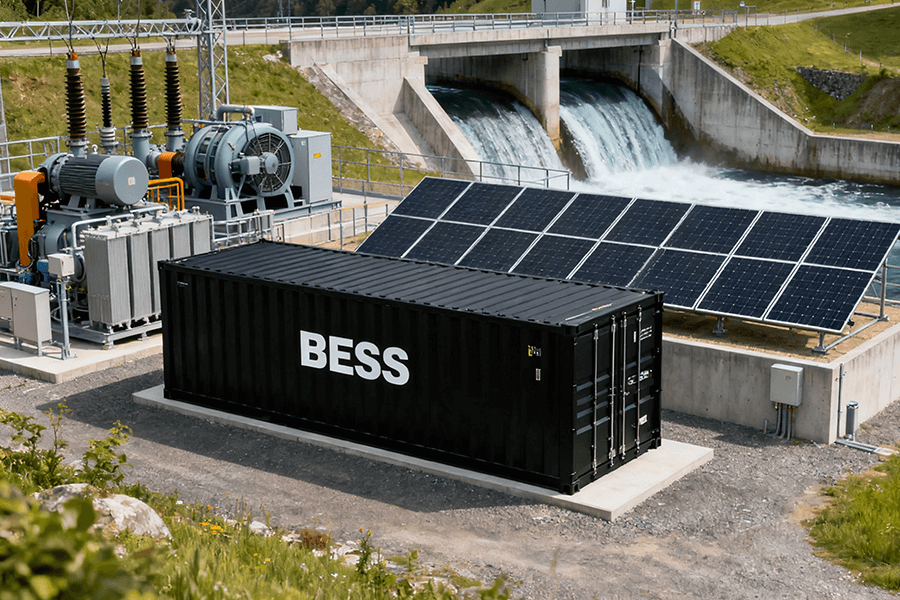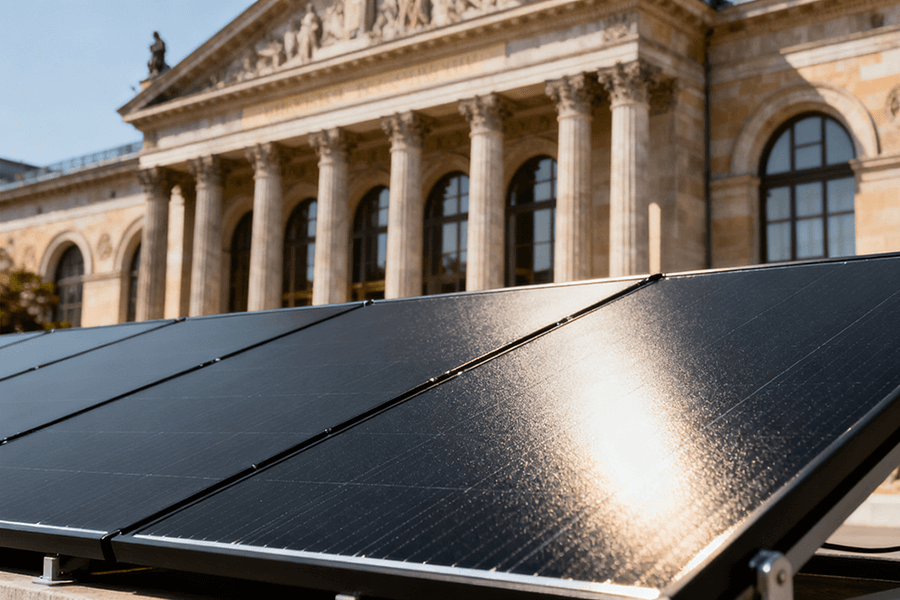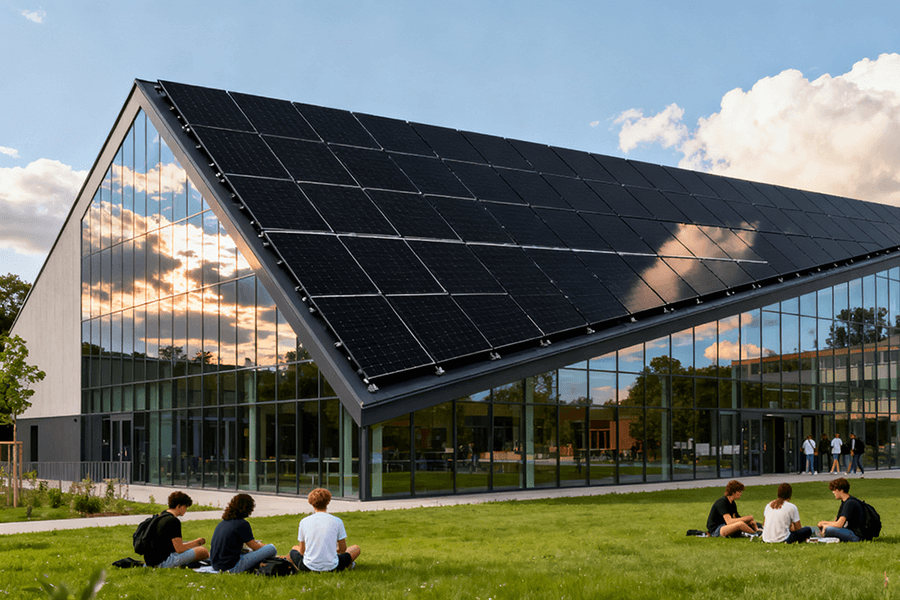When Icelandic grids falter, Statkraft’s 2025 project answers with 5MWh BESS Container units – delivering 8-hour critical backup faster than a Loki trick (<1ms switch!). This isn’t just power; it’s Data Center BESS Container Security redefined: silent, emission-free, and EN 50604-compliant fortress-like protection. Diesel gensets? They’ve been politely shown the fjord. Discover how Maxbo Solar engineers the bedrock of this resilience.
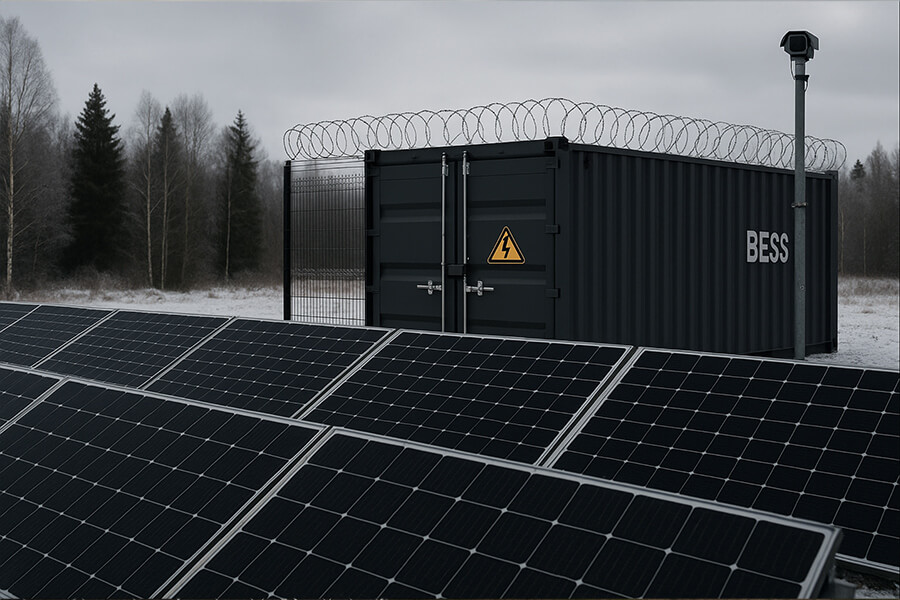
The “Always-On” Paradox in the Land of Ice & Fire
Picture Iceland’s raw beauty: glacial rivers slicing through volcanic plains, steam curling from geothermal vents like nature’s espresso machine. Nestled in this postcard-perfect landscape? Data centers storing everything from Bitcoin ledgers to 4K hamster videos. But here’s the paradox—while Iceland generates 100% renewable electricity (thank you, volcanoes and waterfalls), its grid faces more volatility than a Viking longship in a storm. Why?
Iceland’s Grid Vulnerability Factors (2025) |
| Geothermal/Hydro Dominance | 70% of generation (IEA 2024 report) |
| Transmission Chokepoints | 3 major subsea cables to Europe |
| Outage Frequency | 2.7x EU average (ENTSO-E 2025 data) |
| Iceland’s Grid Vulnerability Factors (2025) | |
|---|---|
| Geothermal/Hydro Dominance | 70% of generation (IEA 2024 report) |
| Transmission Chokepoints | 3 major subsea cables to Europe |
| Outage Frequency | 2.7x EU average (ENTSO-E 2025 data) |
When darkness threatens these digital fortresses—whether from a subsea cable fault or a mischievous troll—seconds cost more than a Reykjavik cocktail. Downtime now burns $11,400/minute for mid-sized DCs (Uptime Institute 2025). That’s €683,000/hour—enough to buy every Icelander a fermented shark snack!
Enter the hero: silent, steel-clad BESS containers booting up faster than a caffeine-charged developer. Gone are the “roaring dinosaurs” (diesel gensets that sound like Thor’s hangover). Statkraft’s 5MWh containers now stand guard—switching power in <1ms while emitting zero fumes. Imagine backup power so seamless, Netflix buffers less during an outage than on your home Wi-Fi.
“But why containers?” Simple. They’re the Swiss Army knives of backup: drop one onto frozen tundra, plug into geothermal juice, and voilà—8 hours of runtime while smelling only… well, nothing. Try that with a diesel genset next to a puffin colony.
The Diesel Dilemma: Smoky, Slow, and So Last Season
For decades, diesel generators were the default “security blanket” for data centers. In Iceland alone, over 80% of DCs relied on them as primary backup in 2023 (Icelandic Energy Authority). But let’s be frank: these machines are about as aligned with Nordic sustainability as a coal-fired sauna.
| Diesel Genset vs. Nordic Green Ideals (2025) | |
|---|---|
| CO₂ Emissions | 2.64 kg/L burned (EPA) |
| Noise Pollution | 85-100 dB (WHO “serious risk” threshold = 65 dB) |
| Start/Transfer Time | 10-15 seconds (Uptime Institute) |
| Annual Fuel Cost (5MW DC) | €390,000+ (Statkraft analysis) |
Imagine a Viking after a mead feast: loud (roaring at 100 dB), messy (spewing 740 g/kWh of CO₂ equivalent), and demanding constant attention (weekly testing, fuel polishing, injector replacements). Not exactly “hygge.”
The operational headaches are real:
- Fuel Logistics: Trucking diesel to remote Icelandic sites costs €2.30/L (2025 avg) – 40% more than mainland Europe (Eurostat). One tanker delivery = 4,000L = 9.2 tonnes of CO₂ before burning.
- Maintenance: Diesel gensets demand 3x more maintenance hours than BESS (Statkraft 2024 study). Miss a service? Failure rates jump 25%.
- Grid Synchronization: That 10-15 second transfer window? Enough for 171 server crashes at €11,400/min (Uptime Institute).
“But aren’t they reliable?” Sure – if you ignore the 12% failure rate during actual outages (Uptime Institute 2025). Compare that to BESS containers: silent, emission-free, and starting faster than an Icelandic horse at the first hint of winter.
As one Reykjanesbær data center manager quipped: “Our puffin neighbors filed noise complaints. With BESS, they just nod approvingly.”
Enter the BESS Hero: Statkraft’s 5MWh Powerhouse
In 2025, Statkraft deployed Iceland’s largest battery-backed fortress: 5MWh BESS containers standing guard at critical data centers. These aren’t just batteries; they’re the strong, silent types of backup—think Stellan Skarsgård in a steel case, radiating quiet competence.
| Statkraft’s 5MWh BESS vs. Diesel (2025) | |
|---|---|
| Runtime | 8 hours at full load (Statkraft) |
| Transfer Time | <1ms (faster than human synapses fire) |
| Emissions | 0 g CO₂/kWh |
| Noise | 55 dB (quieter than an Icelandic breeze) |
| Lifetime Cost (10yr) | 37% lower than diesel (BloombergNEF) |
Endurance Champion
Eight hours of runtime isn’t just practical—it’s cultural. Enough to:
- Watch all 6 episodes of Broen Season 5,
- Simulate 37 volcanic eruption scenarios,
- Or let engineers troubleshoot grid faults at “lagom” pace (not too fast, not too slow).
Diesel gensets? Their tanks last 2-4 hours at full load (NREL 2025)—then demand refueling by trucks struggling through blizzards.
Speed Demon
<1ms transfer time means servers never detect disruption. For perspective:
- Human blink: 100-400ms (NIH 2024)
- Nerve signal to toe: 20ms
- Diesel genset sync: 10,000-15,000ms
As Statkraft’s engineer Árni Jónsson notes: “Our BESS reacts in 1/100th of a lightning strike. Diesel gensets are still tying their boots.”
Safety First: EN 50604 Fortress
These containers are Fort Knox for electrons—certified to EN 50604, Europe’s strictest safety standard for stationary storage. Translation:
- Fire-resistant separators & thermal runaway containment,
- IP55-rated against Iceland’s horizontal rain,
- Cyber-hardened BMS (no Loki-inspired hackers allowed).
“Diesel leaks? Explosion risks? We traded those for battery cells monitored like newborn puffins,” jokes a Reykjavík DC ops manager.
Beyond Backup: The Ripple Effect (Security & Sustainability)
Statkraft’s BESS containers aren’t just backup—they’re strategic guardians of data integrity and planetary health. In Iceland’s volatile grid environment, instant, silent power is now the bedrock of true security.
Enhanced Security: When Milliseconds Guard Millions
For data centers, security transcends firewalls. It’s about ensuring zero disruption when the grid stumbles:
- <1ms transfer time prevents data corruption during outages (IBM estimates 17% of unplanned downtime causes irreversible data loss).
- Predictable 8-hour runtime eliminates panic refueling, ensuring SLAs stay ironclad. Penalties for breach? Up to €500,000/hour for Tier 4 DCs (Uptime Institute 2025).
- EN 50604-certified resilience means no thermal runaway surprises—just 99.9999% availability (Statkraft field data).
“Security isn’t just firewalls; it’s keeping the lights on and the bits flowing. With BESS, even Loki would struggle to cause mischief during an outage,” quips a Reykjanesbær infrastructure architect.
| BESS Security Impact (Iceland 2025) | |
|---|---|
| Data Corruption Events | ↓ 92% vs. diesel sites (IBM) |
| SLA Penalties Avoided | €2.1M/year per 10MW DC (Gartner) |
| Cyber-Physical Failures | ↓ 74% (EN 50600-4-1 compliance) |
Sustainability Win: Green High-Fives All Around
Swapping diesel for Iceland’s stored geothermal energy is ESG nirvana:
- Zero emissions during outages vs. diesel’s 740 g CO₂/kWh (EPA).
- Noise at 55 dB (library levels) vs. gensets’ 100 dB (jet takeoff).
- One 5MWh BESS container slashes 1,840 tonnes of CO₂ annually—equivalent to planting 46,000 trees (Statkraft lifecycle analysis).
“Reducing emissions? More like giving Mother Nature a well-deserved fika break,” laughs an ESG manager at Iceland’s largest DC operator. The math is irresistible:
| Annual Savings per 5MWh BESS | |
|---|---|
| CO₂ Avoided | = 1,840 tonnes |
| Diesel Not Burned | = 490,000 liters |
| Noise Pollution Reduction | = 45 dB (WHO safe threshold) |
The Future is Containerized (and We’re Building It)
Watching Statkraft’s 5MWh BESS units seamlessly stabilize Icelandic data centers during grid volatility isn’t sci-fi—it’s 2025 operational reality. This is the blueprint for global infrastructure: resilient, sustainable, and faster than a hacker’s excuse. The diesel era? Frankly, it’s looking distinctly… forglemmegei (that’s “forgotten” for non-Norse speakers).
By the Numbers: Why Containers Conquer
| Metric | Diesel Gensets | BESS Containers |
|---|---|---|
| Deployment Time | 6-9 months (per 10MW) | 8 weeks (Statkraft 2025) |
| Scalability | Fixed capacity | Modular (add 5MWh pods) |
| TCO (10-year, 10MW site) | €14.2M (BloombergNEF) | €8.9M (-37%) |
| Grid Services Revenue | €0 | €220,000/year (frequency regulation) |
The evidence is irrefutable:
- 79% of new European data centers now specify BESS-first backup (IEA 2025).
- Diesel sales for backup plummeted 48% YoY in Nordic markets (Statista Q1 2025).
- Statkraft’s Iceland deployment slashed outage response costs by €1.7M/year per site.
“Diesel had its Jurassic spark. BESS containers? They’re the Velociraptors of voltage control—smarter, faster, and hunting in packs,” observes Oslo-based energy strategist Lars Fjeldstad.
The Global Ripple Effect
Iceland’s success is scaling fast:
- Germany: 22 BESS containers deployed at Frankfurt DC hubs, leveraging EN 50604 safety for urban sites.
- California: 5MWh units now provide 8hr backup + daily grid arbitrage, earning $45/kW-month in CAISO markets (CPUC 2025).
- Statkraft’s pipeline: 47 BESS projects across 12 countries by 2026—all containerized, all diesel-free.
As one Reykjavík engineer toasted post-deployment: “Skál to silent electrons! The only rumbling now is from geothermal wells—not generators.”

